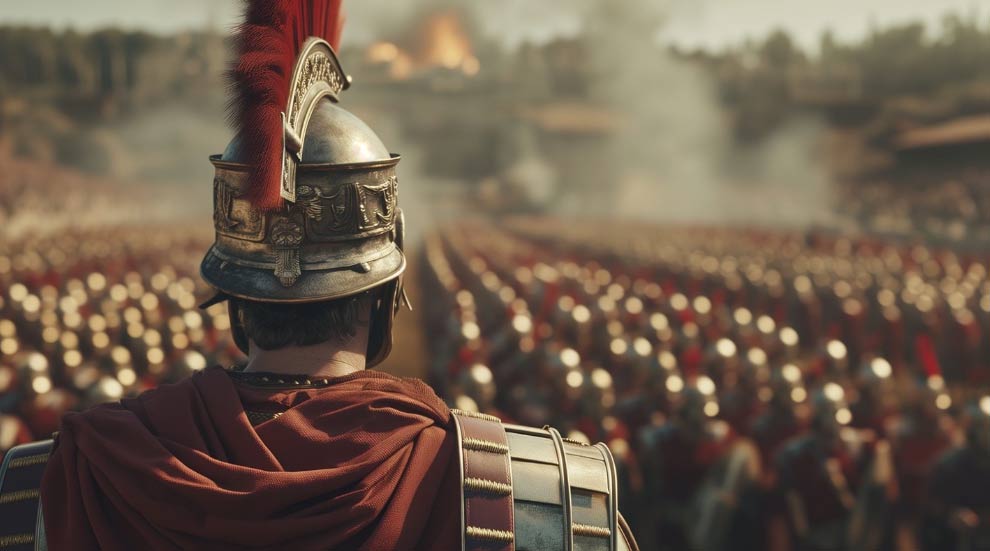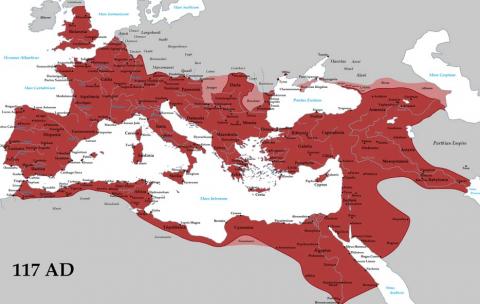
The Grand Strategy of Defense of the Roman Empire
If one was to briefly define the expression of ‘grand strategy’, it would likely be described as the integration of a state's overall political, economic, and military aims to preserve its long-term interests. Within the current historiography of Roman military history, an interesting matter of debate arises in which an attempt is made to detect, and then define, the existence of a grand strategy of defense among the ancient Romans.
Some historians argue that, throughout classical Roman history, Roman leaders never managed to establish a grand military strategy. For example, some argue that military decisions were made on an ad hoc basis by Roman authorities who reacted to political and military events rather than planning at the strategic level. Some go as far as proposing that not only Roman strategy, but even Roman survival were reduced to pure luck. At the other end of the spectrum of opinion, there is another group of historians who argue that the notion of a grand strategy of defense existed among the Romans as early as the Republican period.
In the context of this debate, and without judging whether they abided to a clearly established military grand strategy, in a modern sense of the term, it is more likely that the Romans did follow a general concept of military defensive thinking called a grand strategy of defense. Furthermore, this grand strategy of defense was not static, but evolved throughout the history of the Roman Empire, adjusting to a changing environment.
The Birth of an Empire
In the 5th century BC, long before anyone in Rome considered establishing a grand strategy of defense, it was the small and medium-sized landowners who were responsible for defending the Roman state, whose area of influence corresponded to barely half the surface area of the current Italian region of Lazio, i.e., an area of about 9,000 square kilometers (approximately 3,475 square miles). The aristocracy and those who were not proprietors (proletarii) were not admitted in the army, which was then seasonal. The period of military campaigns usually began in mid-March and ended in mid-October. In the 2nd century BC, the professional army appeared, made permanent by the continuous wars and the need to defend or pacify ever-growing territorial possessions.

The Roman Empire by the time of Trajan in 117 AD. (CC BY-SA 3.0)
At that time, all Roman citizens had access to the legion. Non-citizens could also enroll as auxiliary troops. The auxiliary also included foreigners or barbarians from outside the Roman world. Following his military service, the auxiliary soldier was granted Roman citizenship. This social status was highly prized as it was relatively restricted and offered many privileges. At that time, the army consisted of four legions, counting between 16,000 and 24,000 legionaries, supported by auxiliary troops which represented about a third of the number of legionaries. Already, under the Republic, these troops were subject to a strict administration and an iron discipline. Consequently, it was the cohesiveness of their units in combat, more than numbers, that often determined a victorious outcome in battle.
During the time of the Republic, Rome began to expand its hegemony over the whole of Europe. There is no historical evidence to support that this expansion was the result of strategic planning by the heads of state. There was originally no concerted plan to conquer the known world. Quite to the contrary, these campaigns were fought to defend Rome’s own independence and very existence. During this period, these campaigns were reactive to events that were unforeseen and generally unprovoked.




